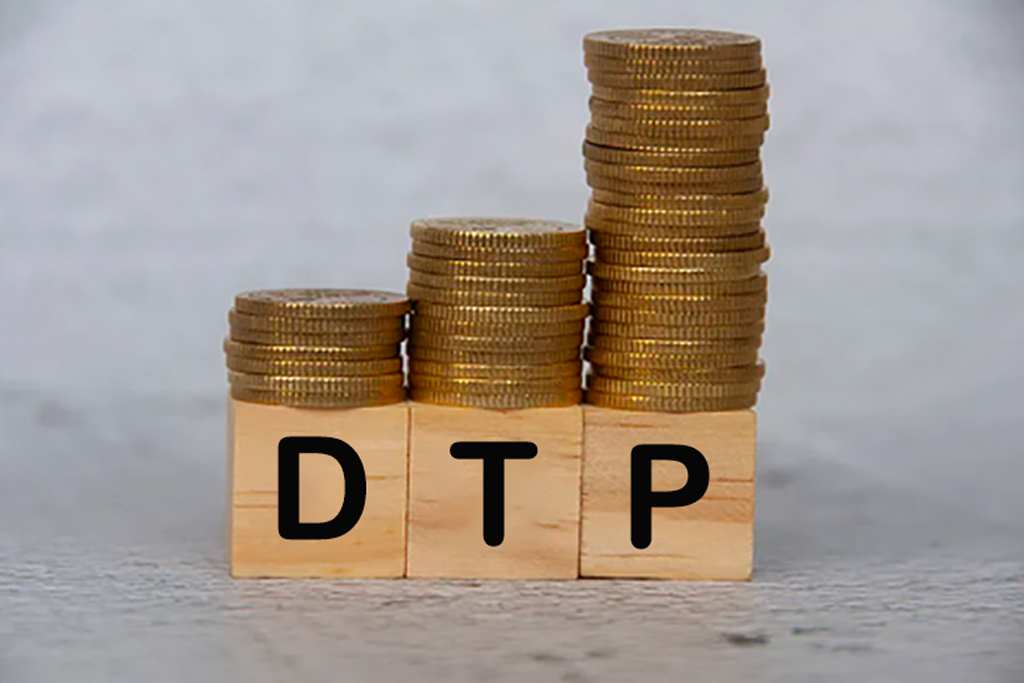Desktop Publishing Industry
We are experts in multiple languages, DTP tools, FQA and much more.

At iLen, we have a stable and professional in-house DTP service team. No matter how complex your project – with complicated instructions, chaotic document structure, long project lifecycle or even translation problems – we can provide the following value-added service:
All these value-added services require strong teamwork, excellent project management, keen insight, deep understanding of text, and extensive localization experience. Although this greatly increases our own project costs, these value-added services are also the biggest reason why iLen's DTP team stands out from many DTP service providers and freelancers.
This project was an English PDF of a financial data report manual with a total of 600 pages. We were asked to recreate the first 400 pages in InDesign and then link, page by page, the last 200 appendix pages to the INDD file we had created, and finally typeset the documents in 4 languages. Because of the large file size and tight delivery deadline, the client had to assign the multilingual typesetting tasks to different suppliers.
We proactively helped the client solve various problems, met their needs as fully as possible, and summarized and shared our expertise. We delivered every project with a tight schedule on time, which meant iLen gained the trust of the client and became the client's preferred DTP service provider. |
This was an update project that involved 23 languages. The client initially sent an English redlined file with just a few updates. When the project started, the client sent the translated versions in various languages. Most of the versions only had a few updates like the English source file, but in some languages, a lot of revisions were marked. After comparing the old and new English source files, we found that there were a lot of updates that had not been marked. However, due to the tight deadline, the client still asked us to continue the work with the existing marked files. During the updating process, we found even more problems, such as the translation not matching the updated text, new text inserted incorrectly, and so on. It seemed that many of the external linguists and QA personnel had misunderstood the project instructions, which led to various translation issues. The client asked us to list all the problems during updating process and report instead of asking the linguists to retranslate according to the instructions.
iLen's rigorous quality assurance model requires us to focus on communication and teamwork from the beginning of the project, which ensures the project is implemented effectively. Faced with a variety of complex problems, we discover and analyze, implement solutions, and help the client avoid potential translation problems. This ensures successful completion of the project and earns high praise from our clients. |
Standardizing the format of source documents can save on project costs and facilitate subsequent translation and typesetting steps. It is an indispensable part of pre-translation preparation. Pre-translation preparation is usually divided into two categories. The first is PDF recreation, in which clients provide PDF documents and we need to recreate them as Word or InDesign files for translation and then typesetting. The other is pre-translation preparation of editable Word/InDesign source files provided by clients, for which we mainly need to check for redundant soft and hard returns in the files, clean up redundant formats to avoid excessive tags affecting translation accuracy, and correct various format problems affecting the efficiency of subsequent typesetting.
Learn more